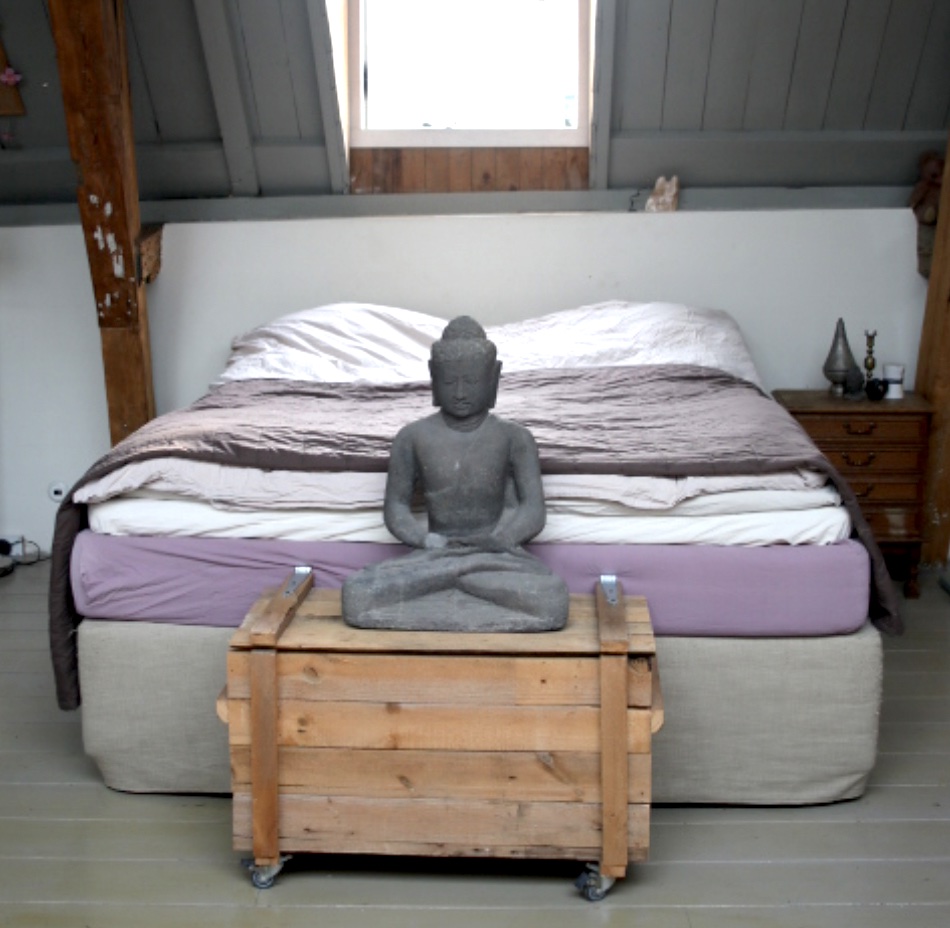Shouldn’t you pull on a dead horse?
Let’s not beat a dead horse.
A phrase that goes through my mind more and more. I think about it when I notice that someone doesn’t feel like moving at all. Whether that is physical, mental or emotional, it does not matter. There is no movement, which is why I initially tend to work very hard; to push and pull. In aikido, every technique starts with a movement. A move, or attack, from an uke (sparring partner). If the uke does not move, does not attack, there is no aikido. I have noticed that this phenomenon is occurring more often in other areas than I expected. At work, people regularly have an attitude of immobility. They then say; “I don’t know,” “I’m not convinced yet,” “I don’t like that,” “I’m not an advocate.”
My most common response was to persuade, convince and work very hard. Once again try to win someone over and get me moving. It takes a lot of energy. It is pushing and pulling. And it doesn’t work. Just like in the aikido. If the uke does not attack, but only grips and freezes, for example, most techniques cost a lot of energy and muscle strength. Another good example from my own experience is a child who does not want to eat. What are you doing then? Talk like a bridge man? Trying to give snacks? To get angry? Negotiate and try to win over with a promise? It does not work. All that works is patience. That is also the case in the work. If someone does not want, is not convinced, all that works is to wait, be patient. Wait for someone to start moving. So with aikido it is a matter of waiting, in a meeting at work it is important to keep silent until the other person starts talking. Talk about what he or she wants. It can help to ask a question. A question as an invitation. An invitation to get moving. And that is a challenge for me in aikido. How do you invite uke to start moving again if it has grabbed me and has come to a standstill?

Fighting, fleeing, freezing or a round movement
The classic responses to an attack. The whole body is set up for it. Driven by a complex interplay of hormones, organs and nervous system. Most meetings in the work environment are dominated by exchanging arguments of everyone alike. Often someone is for or against a proposal. There is a lot of verbal “fighting” in consultations. And in a hierarchical environment characterized by an organizational structure, it is often the highest hierarchical position that wins. Whoever is highest in the tree has the most power, the most strength, so who wins, determines. Most organizations have not progressed much beyond this Machiavellian approach. Characteristic in the above discussions is the use of, “yes but”. What helps me a lot, but also the teams I work with, is applying aikido in situations like this. The translation of the aikido then consists of initially respecting the movement of the other, the words of another, listening to it without judgment. Only then can you sense the direction and magnitude of the energy. This is a precondition for subsequently applying an aikido technique. The application of the aikido then lies in not countering that energy, so not contradicting, but subtly changing the direction of the other, or your own. The tori always moves towards the uke and receives the energy of the attack. Then, by means of a circular movement, harmony of the two energies is sought. This can also be very nice in work, with children and in a relationship. Start by approaching, then receive the energy of the other, which can be words or even a look, and then make a round movement together.
In a verbal sense, I often use questions to make a circular movement. In the case of an open question, it resembles ura and in the case of a leading question, more omote.
So if I want to apply an ura technique, I will genuinely delve into the other person’s vision. I put myself in that person by standing next to him or her and looking the same way. And really next to it, shoulder to shoulder. I’m making contact. I am genuinely interested in what that person sees. And we become one for a moment. Our centers have merged into one center. And together we can move more easily than when we are at a distance. This is recommended especially for a strong person with a strong vision.
Omote is more difficult, especially if someone is strong, higher in the hierarchy for example. But here too the change of energy, the circular movement is crucial and in my experience the easiest to make by a question. “I would like to explain how I feel about it, what vision I have.” Other options include asking a leading question, “what if we do it like that?” “What would you think if …” or asking a rhetorical question. I notice that this is very useful to me. It works for me. For myself, but also in recognizing the fight between others and guiding them to asking questions and listening without judgment.
Contact is crucial. Real contact. A few years ago I started asking people who work in a team, and sit together all day, for at least 8 hours, if they knew what the other was doing. Often people had no idea. They were teams of specialists who “left each other alone.” We then changed that. The teams of specialists have turned into teams of people who have considerably more contact with each other. Every morning there is an exchange of what everyone does, has achieved, and where someone has difficulty using help. Everyone knows what they are doing. People are also increasingly working in couples, side by side, behind 1 screen. Reflection sessions also pay more attention to how you are doing. And with that it is becoming increasingly common to also share things from your private life. More contact is created. Real contact. This creates a team with a center. That moves much easier. Also a team where people receive each other when necessary, move along and accept the management of another more easily. Ways to make that contact is by asking questions that touch someone’s center. Questions I have used in recent years are:
What is a symbol of strength for you? Would you like to say something about that?
What do you see as a symbol of vulnerability? Would you like to say something about that?
Do you want to tell something about the most educational moment in your life?
These are a few examples of questions I used to really connect with people in groups.
Another very important topic that I will come back to later is pain. In a well-functioning team, where one can make good contact, it is crucial that one does not avoid painful things, but rather appoint them. Being able to give and receive negative feedback is the ultimate step for a well-functioning team. Just like in aikido, being able to give and receive pain is crucial.
Do not grab!
Another very interesting and challenging aspect of aikido is not grabbing someone. Grab someone by the wrist and the instinctive response is to want to pull you free. This also applies in the workplace. And also with the education of children. When I give someone the feeling that I am grabbing him, all attention will initially go to loosening. “Not grabbing” is important. People, including children, want to be guided if they always have the feeling that they have the freedom to determine their own direction. Having the space to make a choice, whether or not you use it, is very important.





